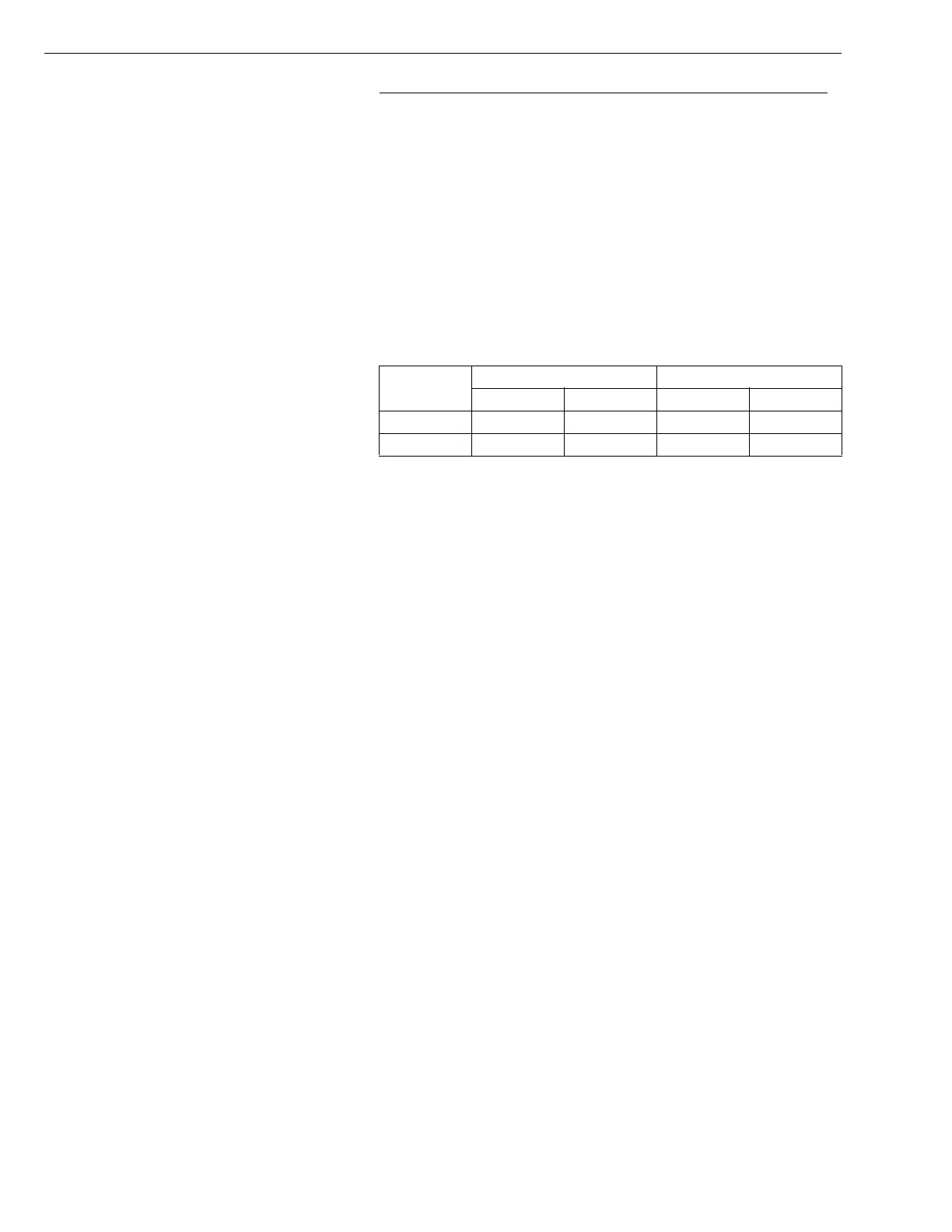G-34
ZD25F, WSM
G GENERAL
Flushing Cooling System and Changing Coolant (Continued)
Anti-Freeze
If coolant freezes, the cylinders and radiator can be damaged. It
is necessary, if the ambient temperature falls below 0 °C (32 °F),
to remove coolant mix it with anti-freeze and full the radiator with
it.
1. There are two types of anti-freeze available; use the permanent
type (PT) for this engine.
2. Before adding anti-freeze for the first time, clean the radiator
interior by pouring fresh water and draining it a few times.
3. The procedure for mixing of water and anti-freeze differs
according to the maker of the anti-freeze and the ambient
temperature, basically should be referred to SAE J1034, more
specially also to SAE J814c.
4. Mix the anti-freeze with water, and then fill in to the radiator.
* At 101 kPa (760 mmHg) pressure (atmospheric). A higher
boiling point is obtained by using a radiator pressure cap which
permits the development of pressure within the cooling system.
NOTE
• The above date represent industry standards that
necessitate a minimum glycol content in the concentrates
anti-freeze.
• When the coolant level drops due to evaporation, add water
only. In case of leakage, add anti-freeze and water in the
specified mixing ratio.
• Anti-freeze absorbs moisture. Keep unused anti-freeze in a
tightly sealed container.
• Do not use radiator cleaning agents when anti-freeze has
been added to the coolant. (Anti-freeze contains an anti-
corrosive agent, which will react with the radiator cleaning
agent forming sludge which will affect the engine parts.)
W1037674
Vol % Anti-
freeze
Freezing Point Boiling Point*
°C °F °C °F
40 – 24 – 12 106 222
50 – 37 – 34 108 226

